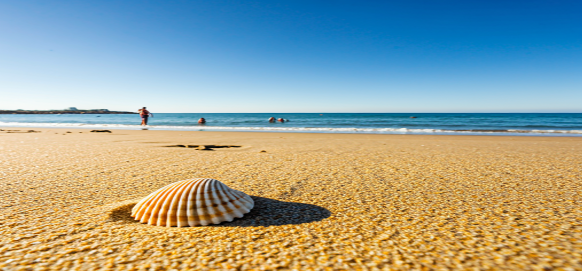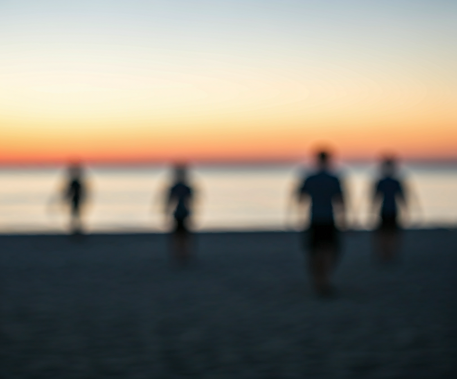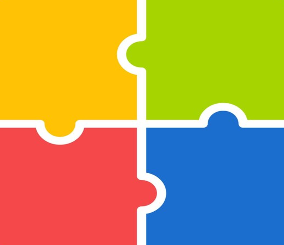Feature Pyramid Networks: How Machines See the World in Layers

What is FPN?
Imagine you possess a magic lens that lets you see an image in various layers, all the way from the zoomed-out view of the whole scene to its smallest details. That is pretty much what a Feature Pyramid Network does for programs on the computer: make them see and understand at various scales simultaneously
How Does FPN Work?
FPN is like climbing a pyramid: up for the 'big picture' view and back down to zoom in on details. Let me break it down
- Bottom-Up Pathway: Climbing the Pyramid The Bottom-Up Pathway in an FPN is like zooming in gradually on a scene and collecting details as you go along
Example:
Imagine you’re looking at a photograph of a beach, but you start by zooming in on a small part of it:

- First, you see individual grains of sand.

- As you zoom out slightly, you notice seashells on the sand.

- With a bit more zooming out, you start to notice the people relaxing and walking along the shore.

- Finally, when you zoom all the way out, you can see the entire coastline.

This process is similar to how the Bottom-Up Pathway works in FPNs. It begins with very small details (like grains of sand) at the initial layers and moves up through different layers of a Convolutional Neural Network (ConvNet), combining increasingly larger parts of the scene until it reaches a full, high-level understanding of the entire image
- Top-Down Pathway: Coming Back Down for the Details
The Top-Down Pathway is the reverse process, where the FPN starts with the big picture and “zooms in” to refine details at each level. Example:
Imagine you have a blurry, far-away photo of your friend at the beach. This picture is useful because you can identify where your friend is in the scene, but it’s lacking clarity.
To make this image clearer:
- You start enhancing or zooming in on specific parts of the image where your friend is, refining the details to bring them into sharper focus.
- This would allow you to see smaller details like your friend’s facial features, what they’re wearing, and the objects around them.
The Top-Down Pathway in an FPN works similarly: it uses the broad, “big picture” understanding from higher layers and “zooms in” on different parts to refine details. This gives a more accurate, high-definition view of objects in the image by combining the refined high-level features with the smaller details captured in the Bottom-Up Pathway.

Why FPN is Pretty Awesome
FPN is kind of giving superpowers to our computer programs, where it can find objects within pictures, whether they are big or tiny. It's like a robot with eagle eyes—now, it can easily pick a giraffe in the background as easily as it can spot an ant crawling close up.
Why is that useful?
Well, it turns out that most of the image recognition tasks-a self-driving car seeing obstacles or a mobile app detecting faces-demand a view of all parts of a scene, with no regard for the objects' size.

Building the Feature Pyramid: One Layer at a Time
FPN kind of works like a pyramid of knowledge: it starts general and then adds specifics as it goes. Each layer has its job: one layer might search for big, blocky shapes, while another finds tiny little details. In the end, FPN ends up with a pretty good idea of what's in the picture.
- Imagine the pyramid:At the base you see the entire scene, such as a city skyline. Going up you can see streets, then buildings, then windows, and maybe even someone waving from a window!

Putting It All Together: The Last Image
Just like the two detectives, FPN has bottom-up and top-down pathways. One is looking for the big clues, while the other fills in the details. Combining them would produce the complete view of the image.
This is very similar to a jigsaw puzzle. The bottom-up pathway gathers the corner pieces, and the top-down pathway puts the middle pieces. All put together is the complete picture.


